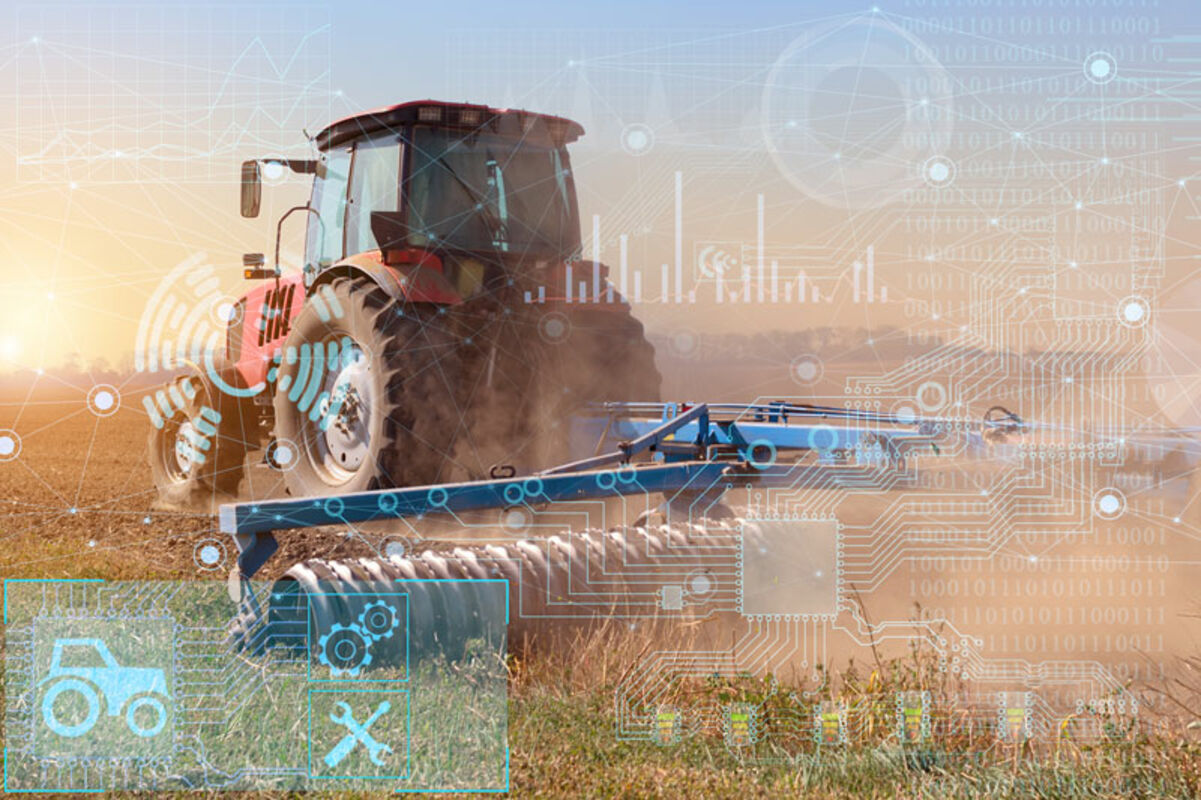Applications of Biotechnology
1. Nutrient Supplementation
One of the most important uses of biotechnology is the infusion of nutrients into food in situations such as aid. Therefore, it provides food with heavy nutrients that are necessary for such circumstances.
An example of this application is the production Golden Rice where the rice is infused with beta-carotene. The rice has Vitamin A, which the body can quickly synthesize.
2. Abiotic Stress Resistance
There is actually very little land on earth that is arable, with some estimates that place it at around 20 percent. With an increase in the world population, there is a need for the food sources available to be as effective as possible to produce as much food in as little space as possible. There is also a need to have the crops grown to be able to make use of the less arable regions of the world.
It means that there is a need to develop crops that can handle these abiotic stresses such as salinity, drought and frost from cold.
In Africa and the Middle East, for instance, where the climate can be unforgiving, the practice has played a significant role in the development of crops that can withstand the prevailing harsh climates.
3. Industrial Biotechnology
Industrial biotechnology is the application of biotechnology that ranges from the production of cellular structures to the production of biological elements for numerous uses.
Examples include the creation of new materials in the construction industry, and the manufacture of beer and wine, washing detergents, and personal care products.
4. Strength Fibres
One of the materials with the strongest tensile strength is spider webs. Amongst other materials with the same cross-sectional width, spider webs can take more tensional force before breaking than even steel.
This silk has created much interest in the possible production of materials made from silk, including body armor such as bulletproof jackets. Silk is used because it is stronger than Kevlar (the material most commonly used to make body armor).
Biotechnological techniques have been used to pick the genes found in spiders and their infusion in goats to produce the silk proteins in their milk.
With this initiative, it makes production quite easier as goats are much easier to handle compared to spiders, and the creation of silk via milk also helps make the processing and handling much convenient compared to handling the actual silk strands.
5. Biofuels
One of the biggest applications of biotechnology is in the energy production sector. With fears over the dwindling oil resources in the world and their related environmental impacts, there is a growing need to protect the globe’s future by finding alternative environmentally friendly fuel sources.
Biotechnology is allowing this to happen with advances such as using corn to produce combustible fuel for running car engines. These fuels are good for the environment as they do not produce greenhouse gases.
6. Healthcare
Biotechnology is applied in the healthcare sector in the development of pharmaceuticals that have proven problematic to produce through other conventional means because of purity concerns.
7. Food Processing
The method of fermentation using the microbial organisms and their derivatives is applied by which raw materials that are non-palatable and easily perishable are converted to edible and potable foods and beverages, which have a longer shelf life.
8. Fuel from Waste
Applying bioremediation waste can be converted to biofuel to run generators. Microbes can be induced to produce enzymes required to turn plant and vegetable materials into building blocks for biodegradable plastics.
Methane can be derived from a type of bacteria that degrades sulfur liquor, which is a waste product of the paper manufacturing industry. The resultant methane can be utilized in other industrial processes or as fuel.
9. Commodity Chemicals and Specialty Chemicals
These can be produced using biotech applications. Traditional chemical synthesis uses often-undesirable products, such as HCl, and involves large amounts of energy.
The production of the same chemicals can be done more economically and made more environmentally friendly using biocatalysts. E.g., Polymer-grade acrylamide.
10. Hi-Tech Finishing Fabrics
Biotechnology is used in the textile industry for the finishing of fabrics and garments. It produces biotech-derived cotton, which is warmer, stronger, wrinkle & shrink-resistant and has improved dye uptake and retention, enhanced absorbency.
11. Detergent Proteases
These are essential components of modern detergents that remove protein impurities and are used for breaking down starch, protein, and fatty acids present on items being washed. The production of protease results in biomass that, in turn, yields a useful byproduct, an organic fertilizer.
12. Wound Dressings
It is also applied to the use of wound dressings coated with Chitosan, which is a sugar that is typically obtained from shrimp and crab shells.
